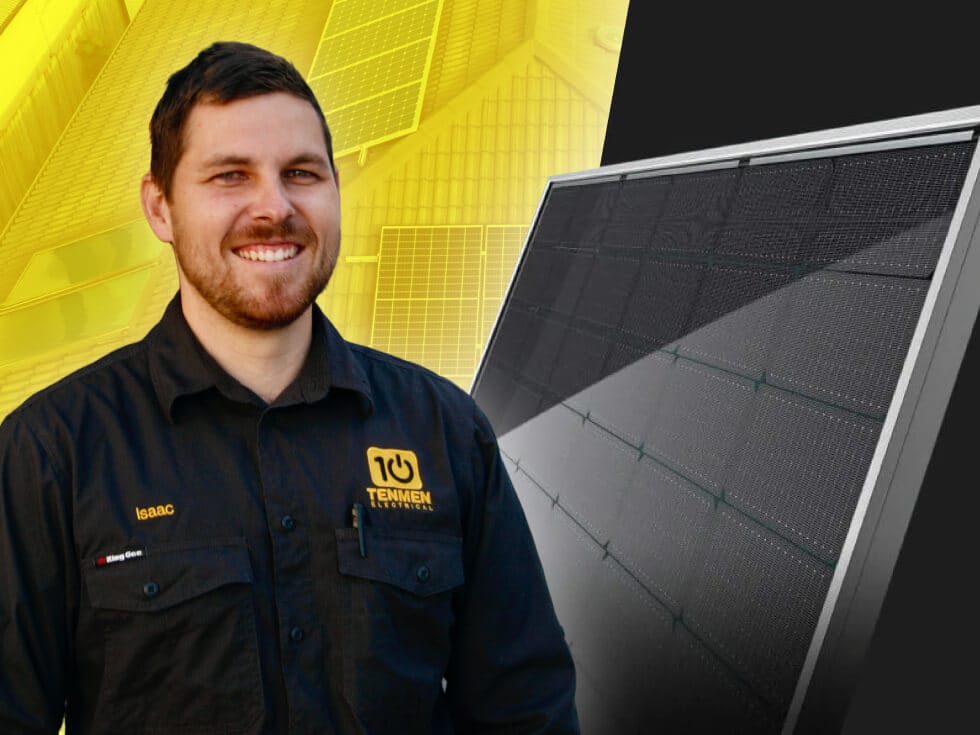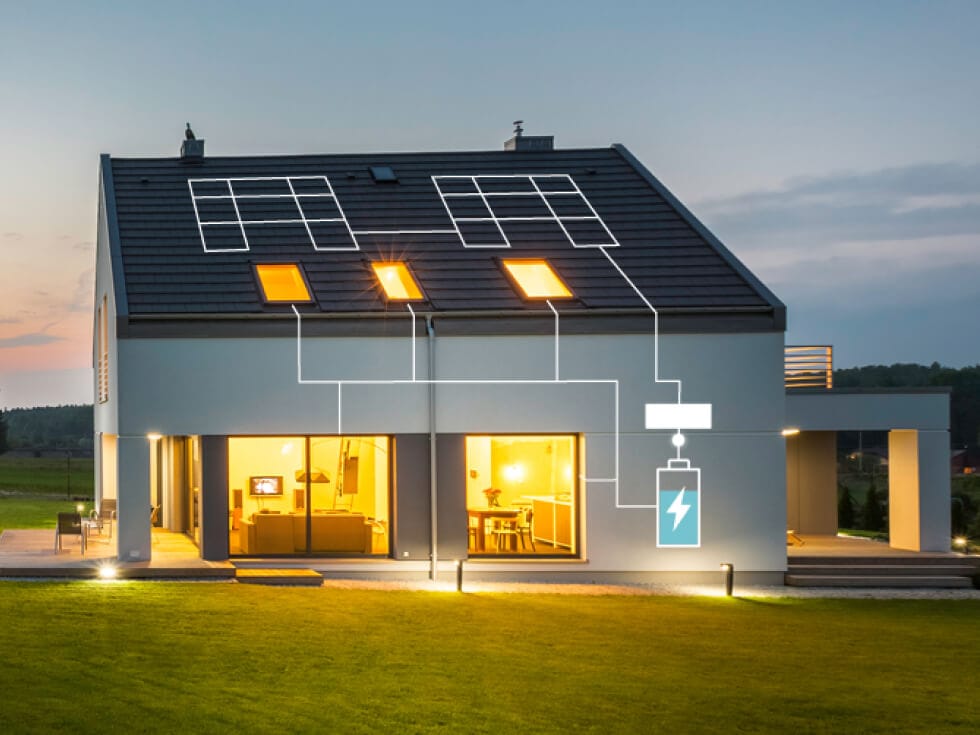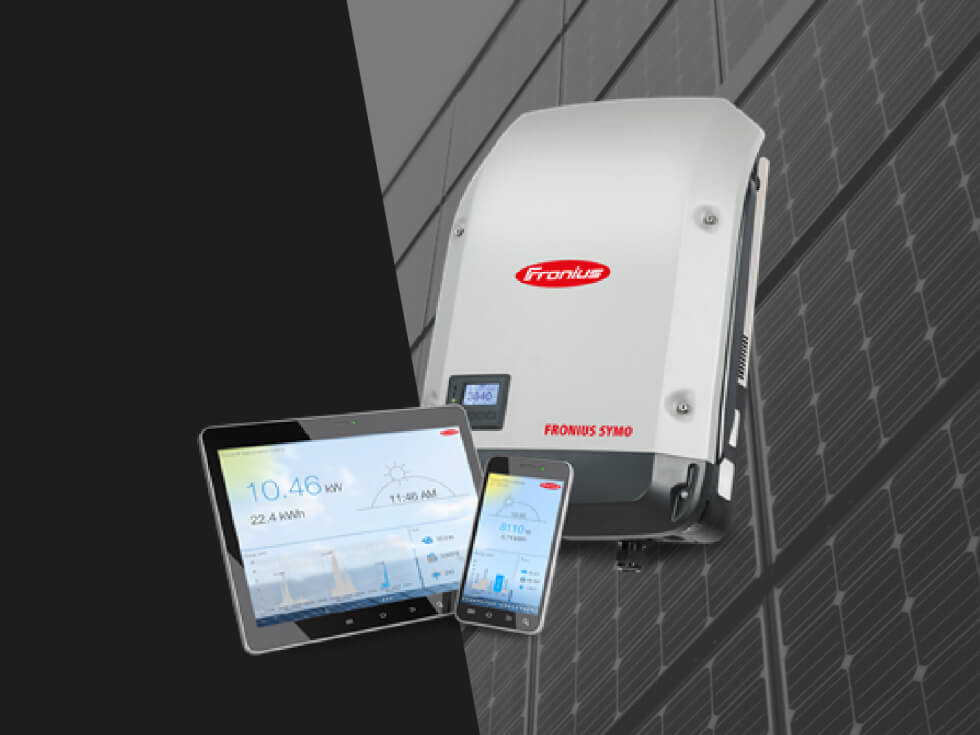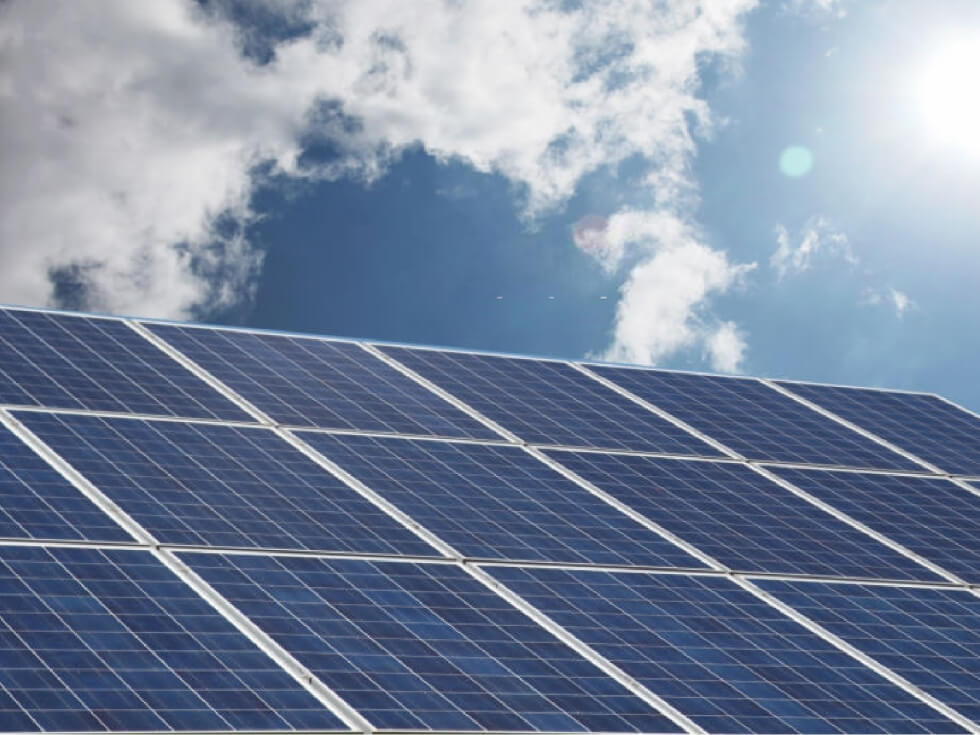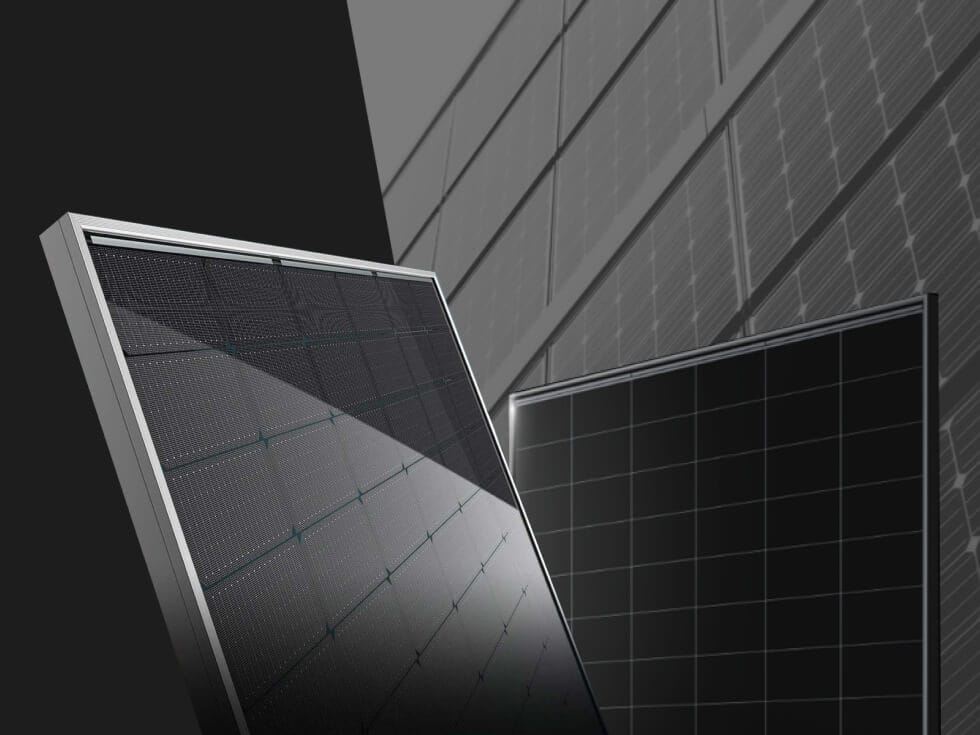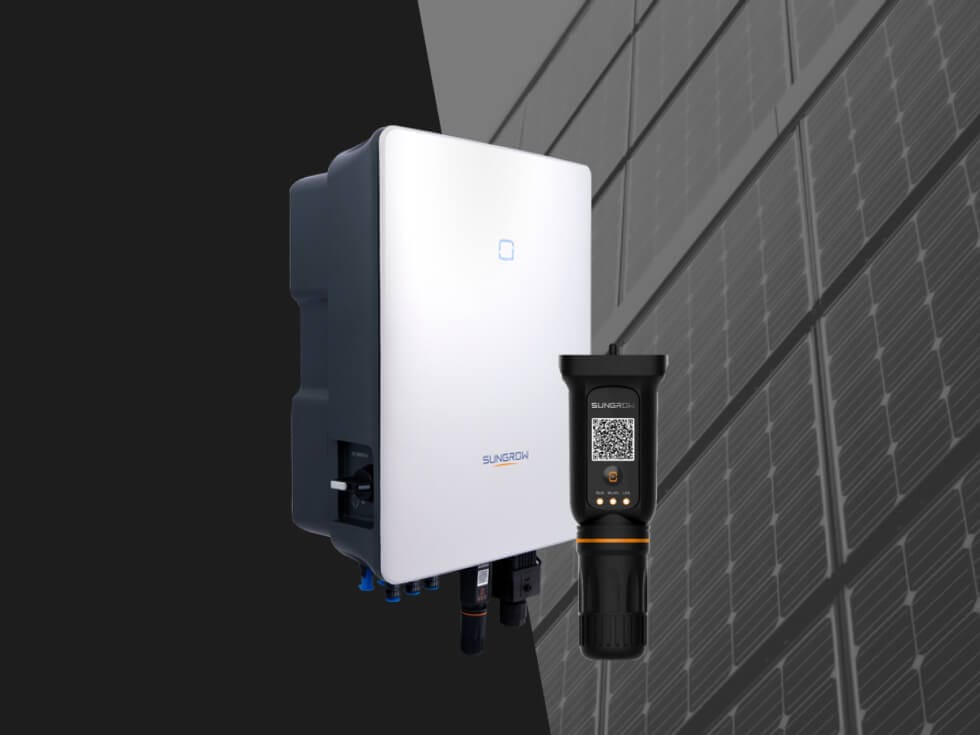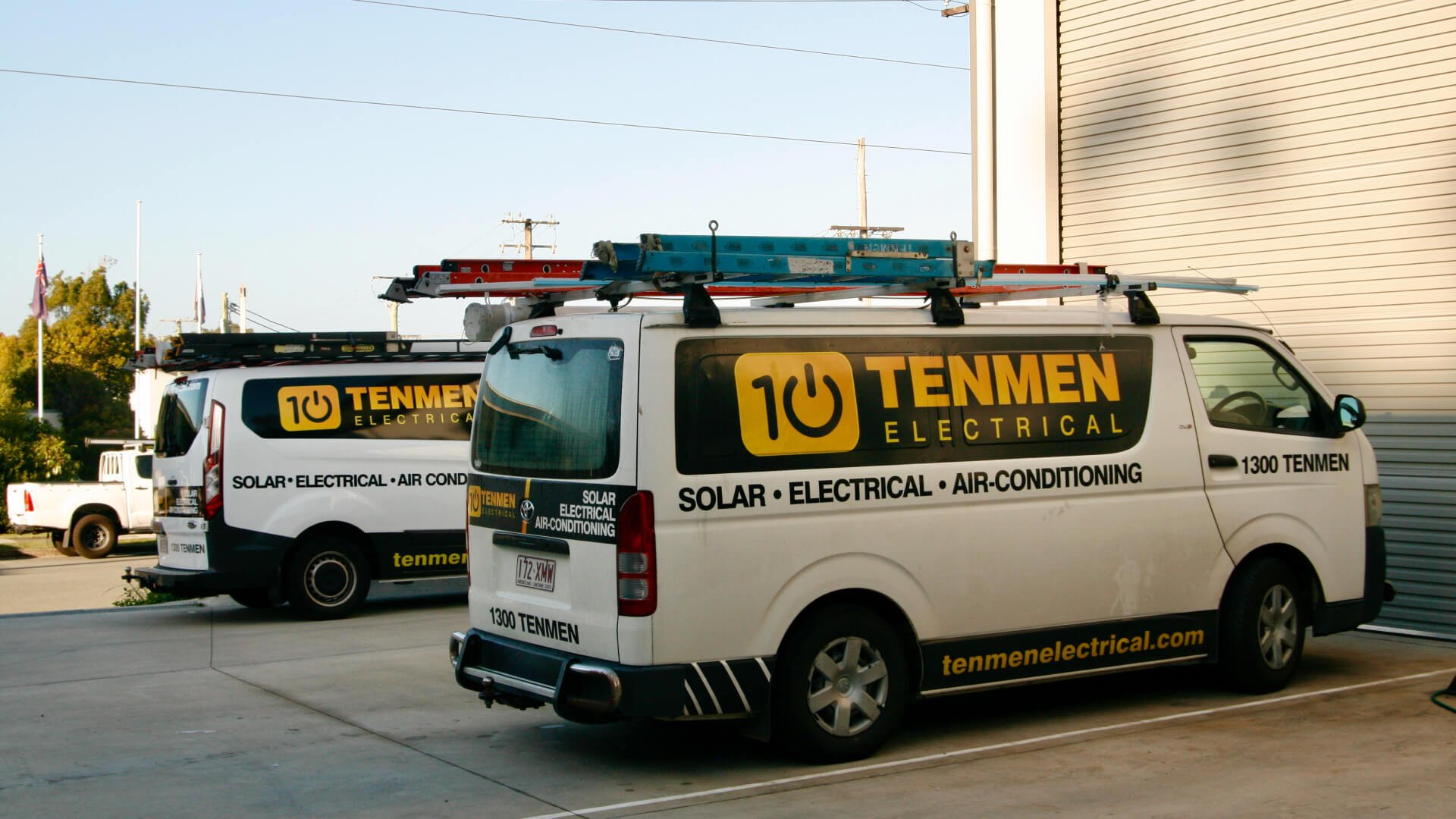Over the years, I’ve seen firsthand how solar in Australia has changed — from the early feed-in tariff days to what’s now a fast-moving shift toward batteries and energy independence.
As we step into 2025, I wanted to share my thoughts on where solar is really heading, and what I think homeowners need to consider if they want to stay ahead of rising costs and changing regulations.
Looking Back: How We Got Here
When we first started installing solar, it was all about maximising feed-in tariffs. Systems were small, panel prices were high, and the return came from exporting every bit of energy you could — often at rates as high as 45–50 cents per kWh.
Back then, the goal was to get as many panels facing north as possible to make the most of the tariff. But as panel costs came down and feed-in tariffs dropped, the thinking shifted. Bigger systems became more common — not because people were using more power, but because they needed to generate more to make the numbers stack up.
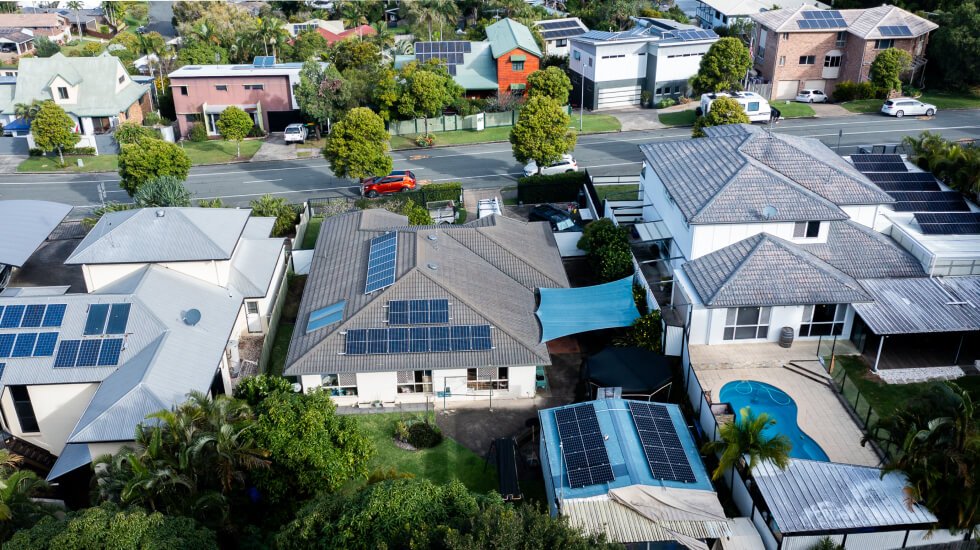
The New Challenge: Rising Prices and Shrinking Value
Over the past couple of years, I’ve noticed another shift — and it’s probably the most important one yet.
While we once believed that electricity prices would go down as more solar was added to the grid, the opposite has happened. Power prices are climbing, and feed-in tariffs are now next to nothing — often around 5 or 6 cents per kWh.
At the same time, some retailers are introducing time-of-use charges, where you’re paying up to 45 cents per kWh between 4–8pm. So you could spend the whole day exporting cheap power to the grid, only to buy it back at premium rates when you get home.
This is the reality many people don’t realise — even with solar, if you’re not using your power when it’s being made, you’re still paying too much.
Batteries Are No Longer Optional
That’s why the conversation has shifted to battery storage. Over the last 12 months, we’ve seen a real push from both retailers and government to encourage homeowners to store their own energy — and for good reason.
Some customers are now being hit with extra fees just for using grid power in the evenings. I’ve seen bills with $10–$15 in added charges just for the 4–8pm window. It’s frustrating, especially when that person has exported plenty of solar earlier in the day.
The good news is, the new Federal Battery Rebate is helping reduce the cost barrier for families to invest in storage. It doesn’t make batteries cheap, but it does bring them closer to being practical and affordable.
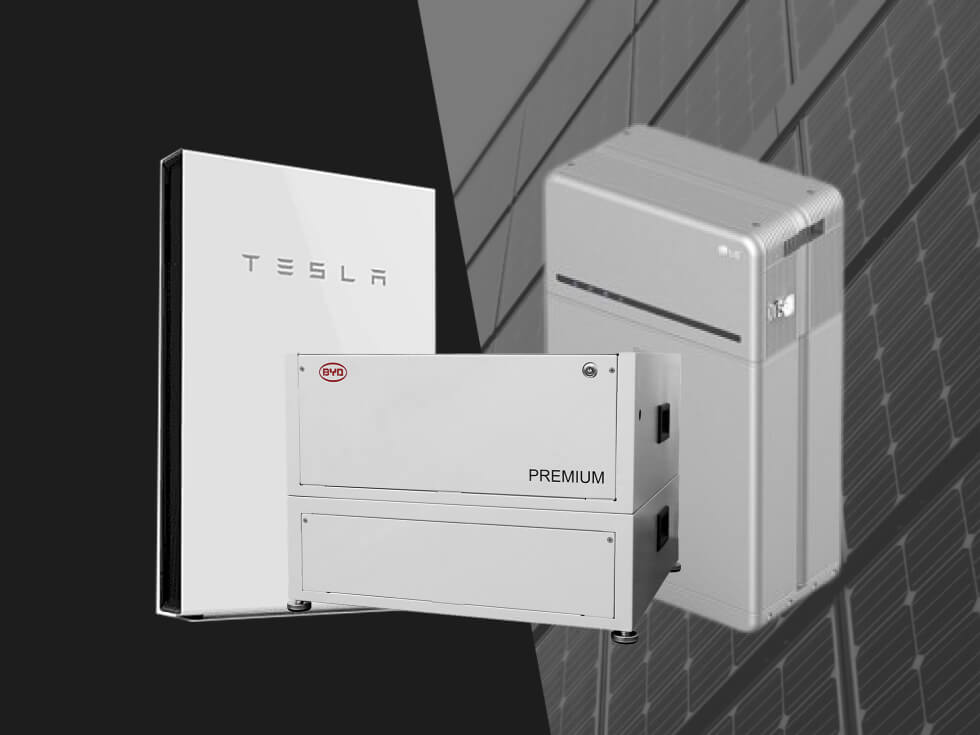
Sizing Batteries for Real Life
When I talk to customers, many are still thinking of batteries just for evening use — to cover that peak period. But that’s not always enough.
I had a client recently with a 16kWh battery and he used the whole thing overnight. Why? Because by the time his household ramped up in the morning — with cooking, appliances, and hot water — the solar hadn’t kicked in yet. That’s a big load.
It made me realise we’re heading toward full-day battery sizing. Not just covering 4–8pm, but building systems that support you 24/7. For many people, it’s not just about saving money — it’s about having control and peace of mind.
The Grid Is Changing, Too
There are already suburbs — like Peregian Springs and Bribie Island — where you can’t export power to the grid. It’s all self-consumption only. The grid simply isn’t set up to handle all the excess energy being pushed into it.
There are even whispers that homeowners could one day be charged for sending power back. I don’t know if or when that will happen, but I do know this: there’s already very little benefit to exporting, and that’s unlikely to improve.
The message is clear — the future isn’t about feeding power back to the grid. It’s about keeping your power in your home.
What I Tell Every Homeowner in 2025
If you’re planning a new system or thinking about upgrading, here’s what I’d ask you to consider:
- What’s your daily usage really look like?
- Will you be able to use your solar when it’s generating?
- Is your system battery-ready?
- Are you monitoring performance properly?
- What’s your plan for the future — cost savings or full independence?
The days of “set and forget” solar are gone. These days, smart homeowners are treating their homes like mini power plants — with solar, battery, monitoring, and automation all working together.
Final Thoughts
Solar in 2025 is no longer just about saving a bit on your bill — it’s becoming a necessity. Rising electricity costs, shrinking returns, and tighter grid restrictions are forcing us to think long term.
For me, it’s clear: the future of solar is about ownership and control. The more energy you can produce, store, and manage yourself, the better off you’ll be.
If you’re unsure where to start, just reach out. I’m always happy to chat through your options — no pressure, just real advice.

